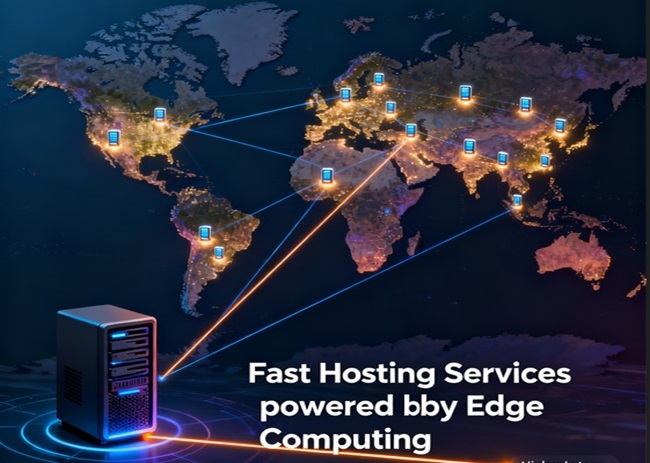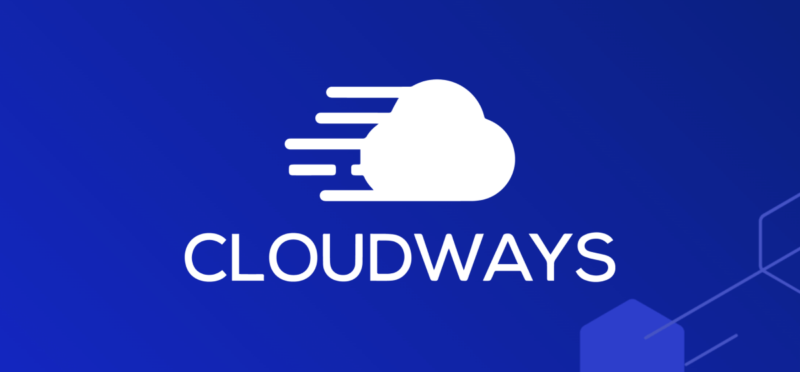How Edge Computing Enables Lightning-Fast Hosting Solutions
If you’ve been researching fast hosting services lately, you’ve probably heard about “edge computing.” I know it sounds like another tech buzzword, but this one actually matters. Edge computing is changing the game for web hosting, and I’m here to break down exactly what it means for your website’s speed.
🔍 What Exactly is Edge Computing?
Let me put it simply: edge computing brings data processing and storage closer to where users actually are. Instead of storing everything in one massive data center far away, it uses mini data centers scattered worldwide, right near your visitors.
Think of it like ordering coffee—would you rather walk to a shop around the corner or drive across town? Edge computing is that corner coffee shop for your data. It processes information at the “edge” of the network, which means near the source where data is generated or needed.
Traditional cloud hosting sends every request on a long journey to a centralized data center that might be thousands of miles away. Edge computing cuts that distance dramatically, and in the digital world, distance equals time.
⚡ How Edge Computing Affects Traditional Hosting
Traditional web hosting relies on centralized servers in specific locations. When someone visits your website from Brazil but your server is in Virginia, that data travels across continents, creating latency—basically, lag time.
Edge computing flips this model. Your content gets distributed across multiple edge servers worldwide. That visitor from Brazil loads your site from a server in São Paulo, not Virginia. The result? Response times can drop to under 50 milliseconds compared to several hundred with traditional hosting.
But here’s the key: edge computing doesn’t replace traditional hosting—it works alongside it. Your main server still exists, but edge servers handle the heavy lifting of content delivery. Only essential data goes back to the central server, which means less bandwidth usage and lower costs.
Traditional hosting also struggles during traffic spikes. Edge computing distributes the load across multiple locations, preventing those frustrating crashes during peak times.
🚀 Contributing to Faster Hosting Services
Here’s where it gets exciting for anyone searching for fast hosting services. Edge computing delivers speed improvements in specific ways:
Reduced Latency: By processing data locally, edge computing can reduce latency by 30-40%. For websites with interactive features, real-time chat, or video content, this difference is massive.
Local Caching: Edge servers cache frequently accessed content like images and JavaScript. When someone requests your homepage, they get a cached version from nearby, loading up to 10% faster.
Better Performance During Peaks: Traffic automatically distributes across multiple servers. During high-traffic events, your site stays fast because no single server gets overloaded.
Improved SEO: Google cares about site speed for rankings. Edge computing helps you nail Core Web Vitals metrics like Largest Contentful Paint (LCP), directly impacting your search visibility.
🌐 Hosting Companies Already Using Edge Computing
Several major hosting providers already implement edge computing technologies:
Cloudflare operates one of the largest edge networks with over 335 locations globally. They’ve made edge computing accessible for websites of all sizes through their CDN and Workers platform.
Fastly specializes in edge computing with their Compute@Edge platform, known for extremely fast cache purge times and custom edge logic for high-traffic sites.
AWS Wavelength brings Amazon infrastructure to the edge, particularly for 5G applications. They’ve deployed edge zones in major metro areas, offering ultra-low latency for instant responses.
Akamai pioneered edge computing through their Connected Cloud platform, processing billions of requests daily through their distributed edge network.
Even traditional hosts like HostGator, Bluehost, and SiteGround now partner with CDN providers to offer edge capabilities to customers.
💡 What This Means for Your Website
If you’re shopping for fast hosting services, ask whether they incorporate edge computing or CDN integration. Sites with global audiences benefit most, but even local businesses see improvements.
The best part? Many hosting providers now include basic edge features in standard plans. Simple integrations with Cloudflare or similar services can have your site running on edge infrastructure within minutes.
Load times matter more than ever. Studies show that a one-second delay can reduce conversions by 7%. When choosing hosting, prioritize providers that explicitly mention edge computing or distributed networks.
🎯 Conclusion
Edge computing represents a fundamental shift in how fast hosting services deliver content. By processing data closer to users, it dramatically reduces latency and improves website performance. Major providers like Cloudflare, Fastly, and AWS already offer edge solutions, making this technology accessible for everyone. If speed matters to your business, edge-powered hosting is essential.
Techyhonest recomends…
| Brand Name | Services | Link |
|---|---|---|
| 🔷 Bluehost |
|
Review |
| 🌻 InMotion Hosting |
|
Review |
| ☁️ Cloudways |
|
Review |
| 🧊 WP Engine |
|
Review |
| 🐊 HostGator |
|
Review |
| ⚙️ Flywheel |
|
Review |













